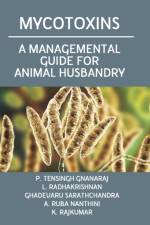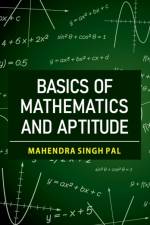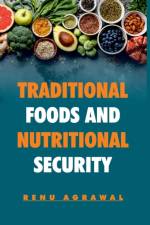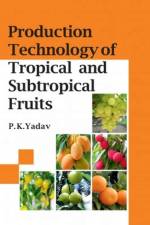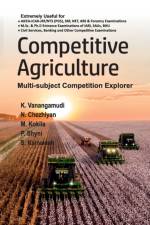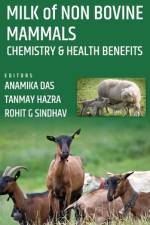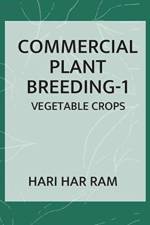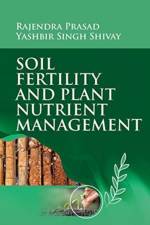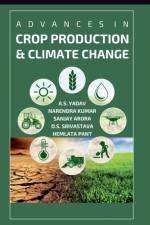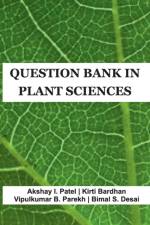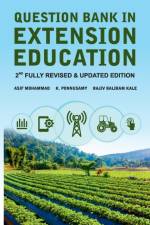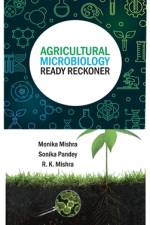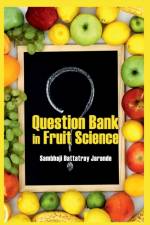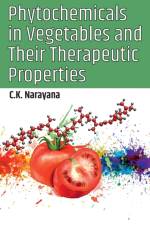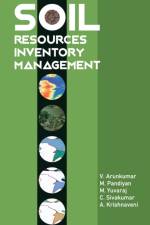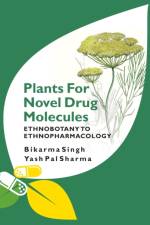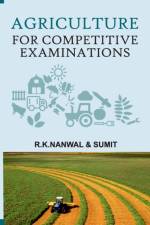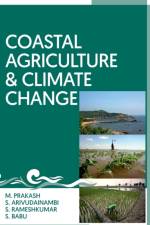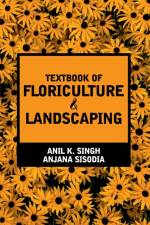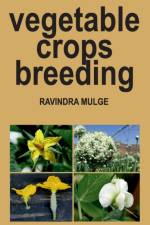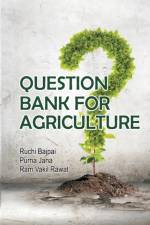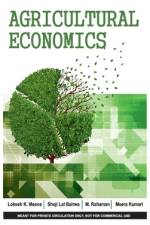- Ethnobotany To Ethnopharmacology
av Bikarma Singh
3 709
The present book is based on twenty five excellent scientific contributions of seventy researchers from topmost research organizations. The book begin with plants used in Sowa-Rigpa system of food and medicine, followed by traditional uses of plants as medicine among Khasi tribe living in northeast India.This compilation contains several research techniques highlighting methods and analysis of documented data, and procedure for scientific validation of findings. Methods for assessing traditional knowledge of highly threatened plants such as Hodgsoniaheteroclita, pharmacological applications of family asteraceae, ethnobotany of family apiaceae, plants used in managing leucorrhea, plants as animal care, phytochemistry of Arisaemajacquemontii, Andrographispaniculata, Blumealacera, Boerhaaviadiffusa, Hemidesmusindicus, Pterocarpussantalinus, Rauwolfiaserpentina, Rauwolfiatetraphylla, and several other ethnobotanical and ethnopharmacological parameters used in studying current science is described in this book.Besides, it is followed by several research topics focused to the clinical arena, plants used in relation to cancer, diabetes, skin disorders and many other aspects relates to animal and human health care. Today's food supplements derived from plants are of high demand, and this compilation also highlighted several plants used as nutraceuticals. It has been observed that herbs contain many bioactive compounds with powerful antioxidant properties as evidence from the scientific data, and few research on lianas, lichens and role of allylisothiocyanate as a bioprotective agent also discussed added more value to this compilations. Focused theme such as ethnobotanical trends and techniques, phytochemistry, biological activities, ethnopharmacology and clinical studies is adding and contributing a lots value to this book in discovering leads for medicine formulations.

